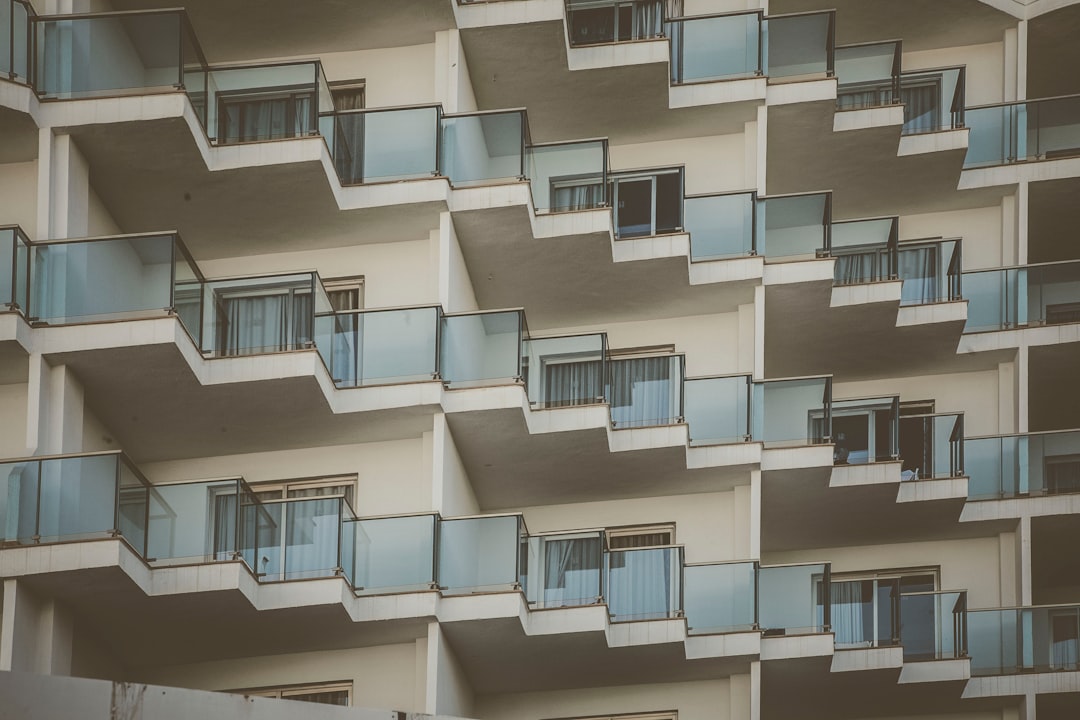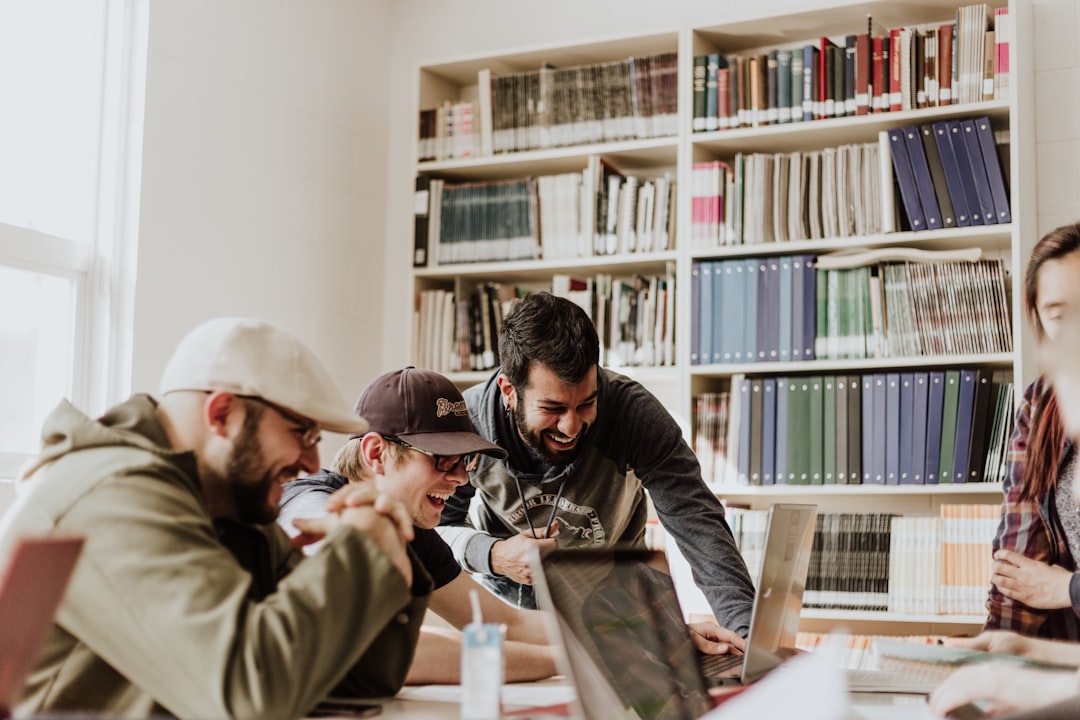What is it about?
The purpose is to improve our enactive system through the use of various physiological sensors (e.g. pressure, galvanic skin response and temperature sensors), which can be processed and visualised by revealing the affective exchanges of the body while walking in the city, pinned on a map as data visualisation. Inspired by the enaction theories, the output of sensors and devices application that models the perception as a laboratory phenomenon, as proposed by Dr Ted Krueger, the investigation directed by Dr Domingues is conceived for the expanded sensorium and for the reengineering of life. The artwork is inserted in the domain of aesthetic investigation of art as experiences related to topics on art and technoscience for innovation in health. The created prototype was tested in the city at different locations and the results demonstrated its use as a kind of personal assistant for vital signals by configuring an enactive system added of affective qualities which possibilities to reveal the ‘pathos’, or the affective narratives experienced in the emergent reciprocity with the city.
Featured Image

Photo by pixpoetry on Unsplash
Why is it important?
The insole biomaterial, created by Dr Suelia Rodrigues (BioEngeLab), has been successfully used to measure the foot pressure and to serve as a health assistant, especially for people with diabetes. The signal-processing approaches, explored in Biomedical engineering by Dr Cristiano Miosso, were empowered by data visualisation approaches developed by Dr Ricardo Torres (University of Campinas). Finally, we consider this prototype a creative technology for mhealth, which is a disruptive innovation, by providing other forms of existence.
Read the Original
This page is a summary of: Walking and health: an enactive affective system, Digital Creativity, October 2016, Taylor & Francis,
DOI: 10.1080/14626268.2016.1262430.
You can read the full text:
Contributors
The following have contributed to this page










